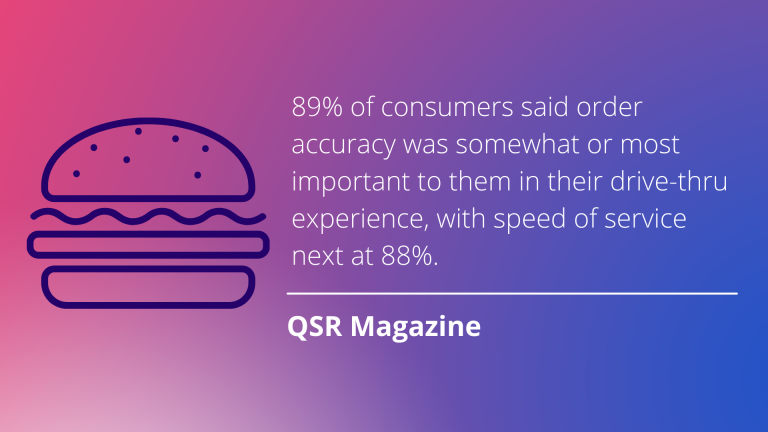The voice AI era, now in its adolescence, is quickly ascending to a phase of early maturity. During the last 5 years, improvements in technology, greater education, and wider availability of voice AI technology has led to a rapid adoption rate across industries and around the globe. For those companies that have already implemented a voice assistant in at least one channel, omnichannel voice experiences with multimodal access are among the next steps on their voice AI journeys. High on everyone’s priority list is the topic of monetization. How do I show ROI from my voice assistant in the form of revenue generation?
From its inception, the goal of voice AI has been to make the customer journey easier by allowing people to interact with technology the way they do each other—by simply talking. That concept has led companies across industries to reduce the friction for their customers and prospects by voice-enabling their mobile apps, hardware devices, contact centers, in-store kiosks, and more. To date, the greatest indicator of the success of these voice user interfaces has been their ability to improve customer satisfaction and Net Promoter Scores, according to a report by Opus Research.
But now, the conversation is changing. Voice commerce, voice ads, and monetization opportunities that don’t disrupt the user experience are appearing on lists of goals for the future of voice assistants. Given how rapidly the voice AI industry is evolving, that future is already here. To address the “New Age of Voice Commerce”, we’ve put together a panel of industry experts from RAIN Agency, Parkopedia, ReadSpeaker.ai, and SoundHound Inc. to discuss the opportunities, challenges, and future of voice assistants as revenue generators. Register here to join us on July 27, 2021 or watch the webinar on demand after.
During the webinar, our panel of voice AI experts will discuss a range of topics around the issue of monetization and provide actionable insights for companies, regardless of their progress toward a voice assistant strategy. Some topic will include:
- The current state of the voice assistant market in terms of readiness for monetization
- The greatest barriers to monetization
- Privacy and personalization as precursors to monetization
- The technology trends and the shift to branded, custom voice assistants
- The industries most ready to capitalize on evolving monetization opportunities
To prepare you for the talk, here are five critical considerations for companies contemplating the next step in their voice AI journeys:
- Implementing a conversational interface
- Understanding context and intent
- Personalization and data privacy
- Putting a global perspective on your voice assistant strategy
- Multimodal interfaces to enhance the voice experience
Making sure your voice assistant can handle the conversation
Before you can ask your voice assistant to create a journey for your users that includes purchasing suggestions, you’ll need voice AI technology that can understand the lexicon of your users and respond in a natural, conversational manner.
Participating in a conversation is possible for voice assistants who are built using technology advanced enough to integrate the Natural Language Understanding (NLU) and the Automatic Speech Recognition (ASR) into one cohesive function that eliminates the lag time most voice assistants experience as they process the conversation in two steps.
The other essential element of a conversational voice assistant is its ability to derive meaning and respond accurately. For voice assistants, meaning is derived from the content domains they access for answers. Content domains are like skills or abilities for Alexa and Google with one major difference: content domains are areas of knowledge developed by subject matter experts and made available on voice AI platforms.









